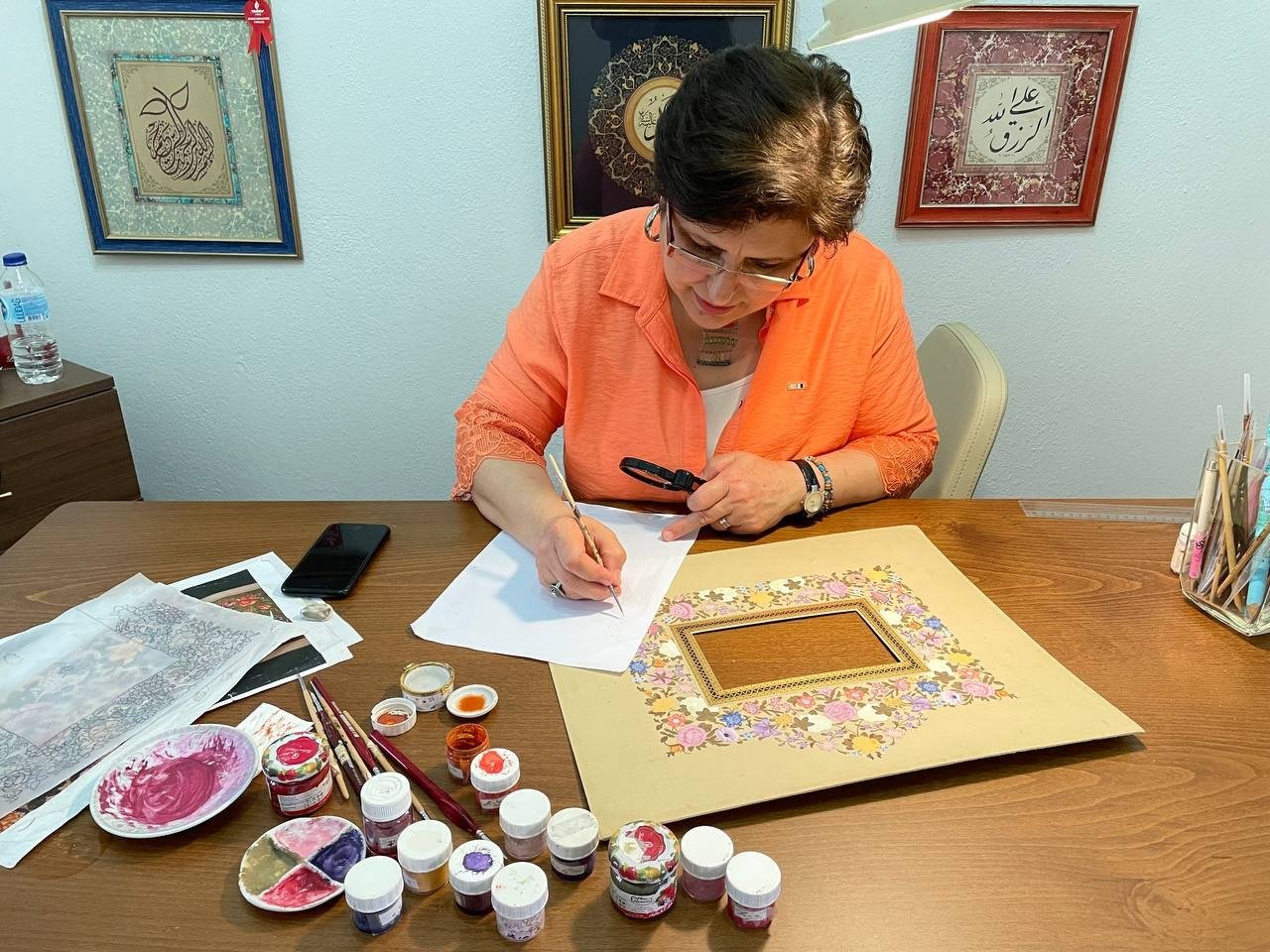© Turkuvaz Haberleşme ve Yayıncılık 2025
Built by the 16th-century architectural genius Mimar Sinan, the Zal Mahmut Pasha Complex in Istanbul has been put into service as a culture and arts center following an arrangement with Eyüp Sultan Municipality.
The complex in the Eyüp district was commissioned to Mimar Sinan by Zal Mahmud Pasha, one of the viziers during the era of Sultan Murad III (1574-1595), and his wife Şah Sultan, who was also the daughter of Sultan Selim II.

Brought to Istanbul as a devshirme (a system that trained non-Muslim citizens of the empire to be officers of the state) in the time of Sultan Selim I, also known as Selim the Grim (1512-1520), Sinan served as a janissary and then chief architect during the reign of Sultan Süleiman I, commonly known as Suleiman the Magnificent in the West and Suleiman the Lawgiver in his realm. He was also the chief architect during the reigns of sultans Selim II (1566-1574) and Murad III (1574-1595). Dubbed the architect of Istanbul’s silhouette due to the architectural works he brought to the city, Mimar Sinan constructed the Zal Mahmut Pasha Complex in four parts: a mosque, two madrassas, a tomb and a fountain.
The mosque of the complex was known for its unique architecture and the beauty of the mihrab, or qibla niche, of the mosque. The 17th-century Ottoman traveler Evliya Çelebi described the mosque in his “Seyahatname” (“Book of Travels”): “Among the mosques commissioned by viziers in the Ottoman country, there is no other shining one like this. I have not seen such a minbar (pulpit), mihrab, mahfil (a special raised platform in a mosque, opposite the minbar, where the muezzin carries out his duties to call for prayer) and thin columns before."
The complex has remained inactive for a long time due to different problems. With recent works, 29 rooms of the complex have been transformed into workshops where master artists perform their arts.
Speaking about the latest works in the complex, Eyüpsultan District Mayor Deniz Köken said that master craftspeople produce their art in calligraphy, miniature, marbling, ceramics, pottery, illumination, tile, qanun, ney, tanbur and rebab art workshops in the center while enthusiasts receive training in the same workshops.
“Our main goal is to let masters both practice their profession and train students in the branches of arts and crafts that have sunk into oblivion,” he added.
